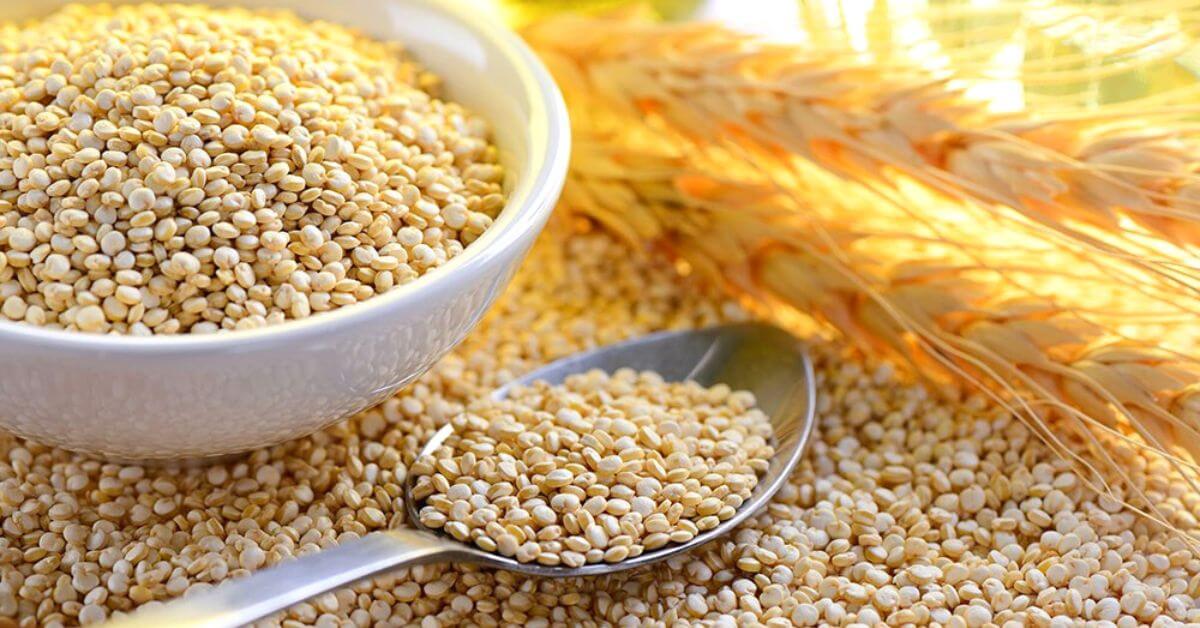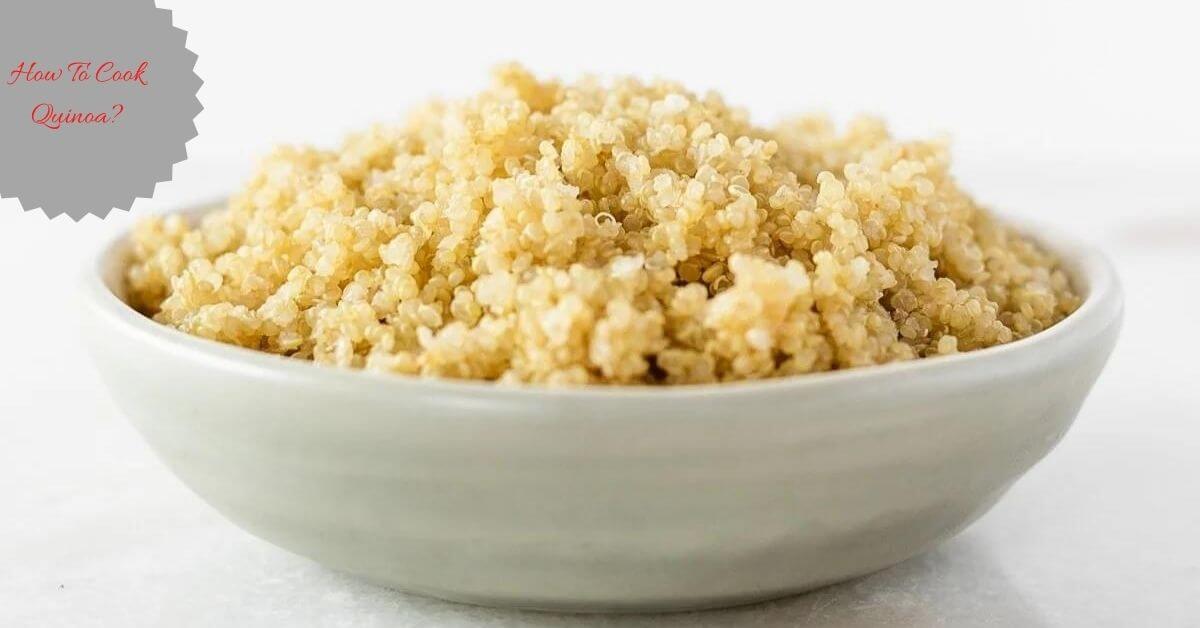What's Inside
Do you love to eat quinoa? As a diabetic patient, you might be skeptical about whether to continue eating quinoa. There is absolutely no reason to worry.
Recent studies show that consuming more quinoa can help diabetes patients manage their blood sugar levels. You might be elated to know that quinoa prevents other health issues as well.
More About Quinoa – Overview
In this blog, we will take you through how quinoa turns out to be quite effective in diabetes management.

Quinoa is a flowering plant that belongs to the amaranth family. Though there are several varieties, the most widely cultivated and available ones are white, red, and black.
Due to its health benefits, quinoa has gained enormous popularity in the United States and other western countries.
Apart from being a boon for diabetes patients, it also lowers the risk of chronic disease, aids in weight loss, improves gut health and it is the ideal food for those with coeliac disease and gluten intolerance.
What Is A Glycemic Index?
Before delving deep into the benefits of quinoa, first, let’s try to understand what a glycemic index is. A glycemic index is an index where certain numbers are assigned to foods containing carbohydrates based on the degree to which each food increases blood sugar.
Foods that are high on the glycemic index are the main culprits behind the spike in your blood sugar levels.
| Glycemic Index values | Rating |
| 1-55 | Low |
| 56-69 | Medium |
| 70 and higher | High |
How Does Quinoa Help Manage Your Blood Sugar?
Being a diabetes patient, managing your diet is the key to controlling your blood sugar. Healthy meal plans for diabetes patients often suggest foods that are rated between medium to low on the glycemic index.
Quinoa has a glycemic index of around 53 indicating that it doesn’t lead to a sudden rise in your blood sugar. This is because the fiber and protein content in it slows your digestion process. In the following section, we will discuss more on the health benefits of quinoa.
Benefits Of Quinoa Over Other Grains
- Gluten-free – Some people will be sensitive to gluten contained in wheat. It is a healthy alternative for them.
- Complete protein – The majority of the grains do not contain all the amino acids required to make a protein. On the other hand, it is packed with all the essential amino acids that make it a complete protein.
- Rich in dietary fiber – If you compare the dietary fiber content of other grains, quinoa scores much higher in that aspect.
Thus quinoa can be quite helpful for diabetes patients as fiber and protein-rich foods are well known for their properties for keeping blood sugar under control.
Apart from the benefits discussed above, quinoa is also a good source of antioxidants and minerals. Since it is a whole grain, it is rich in vitamins and minerals, including B vitamins, magnesium, chromium, iron, and folate.
Why Is Quinoa Better Than Rice?
- Every 100 g of white rice contains 33.1 g of carbohydrates. On the other hand, it contains just 22.86 g of carbohydrates per 100 g.
- In white rice, the fiber content is 0 whereas it provides 2.1 g of fiber per 100 g.
- In comparison to white rice, it also contains fewer calories and more protein, calcium, iron, and potassium.
How To Cook Quinoa?
Before cooking quinoa, the first step is to wash it thoroughly. Keep the quinoa under running water in a strainer and dry them using a dish towel.

There is a coating on quinoa called saponin. It is bitter in taste and also mildly toxic. This can lead to stomach problems in some people. You can wash off saponin by rinsing the seeds thoroughly during preparation.
Steps In Cooking
- To make the quinoa seeds fragrant, you can toast them in a pan on the stove. However, this step is optional.
- As per the instructions in the package, pour the specified amount of liquid into the pot. You can use water, stock, coconut water, or any other liquid.
- After 15 to 20 minutes, the quinoa seeds will become tender and will absorb the liquid.
- Let the quinoa remain on the stove in a covered pan and later fluff with a fork.
Depending on your taste, you can use different add-ins to make the dish savory or sweet. Thus quinoa serves as a good alternative to oatmeal for breakfast, lunch, or supper.
Conclusion
Hope you thoroughly enjoyed reading about the benefits of quinoa in managing diabetes. Quinoa undoubtedly has become one of the healthier options for those battling diabetes.
Apart from diabetic patients like you, it is equally food for those who are at risk of developing the condition.

